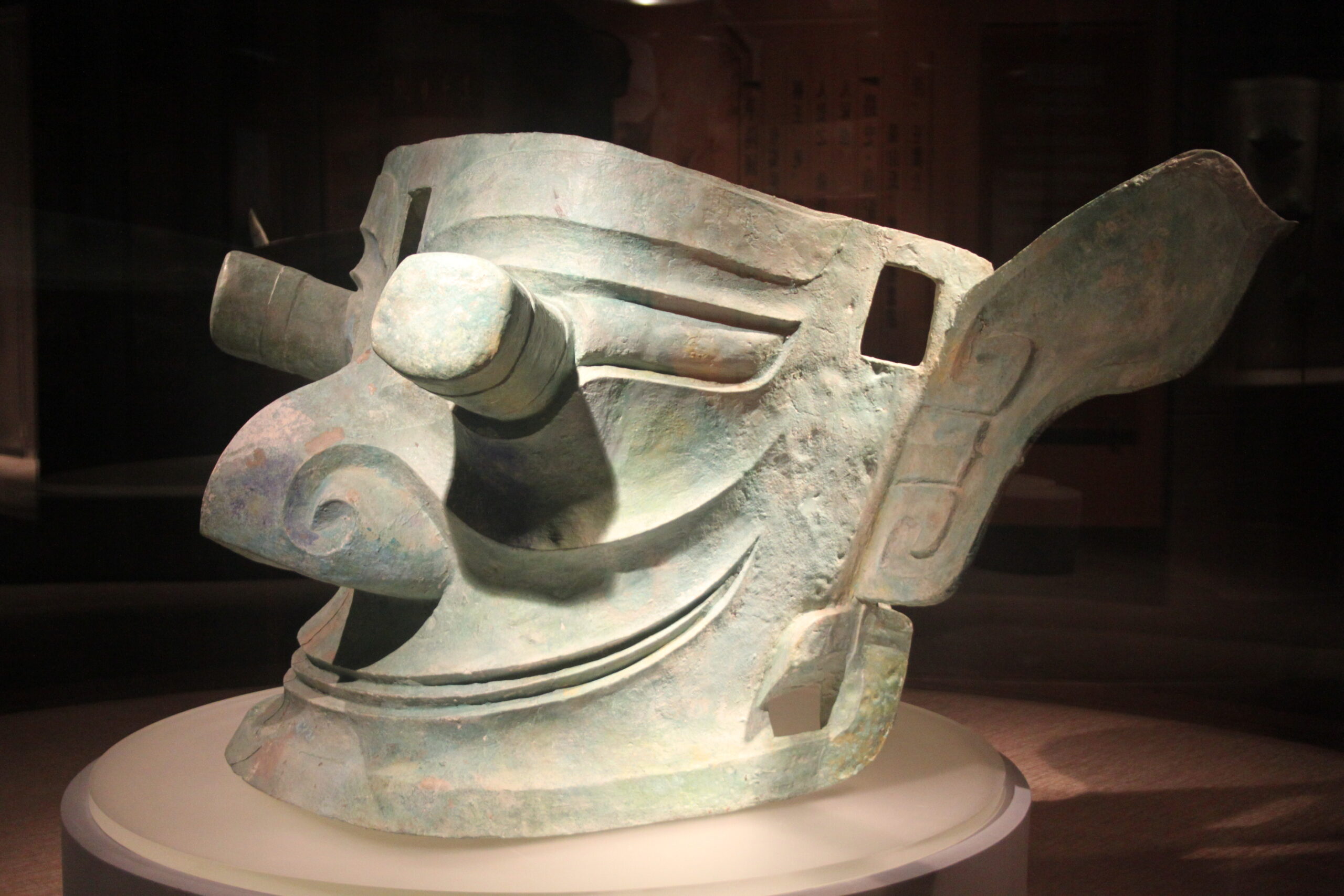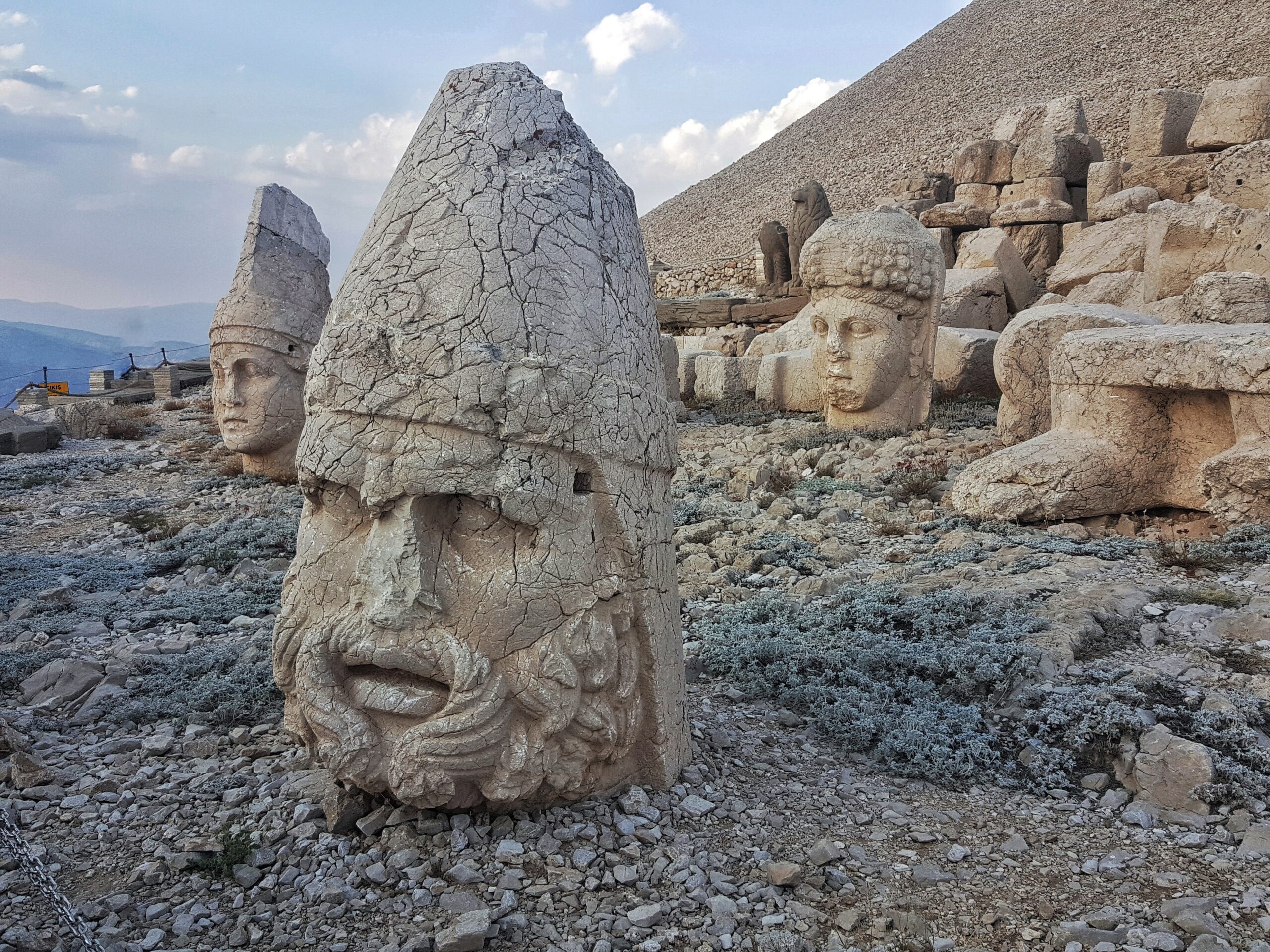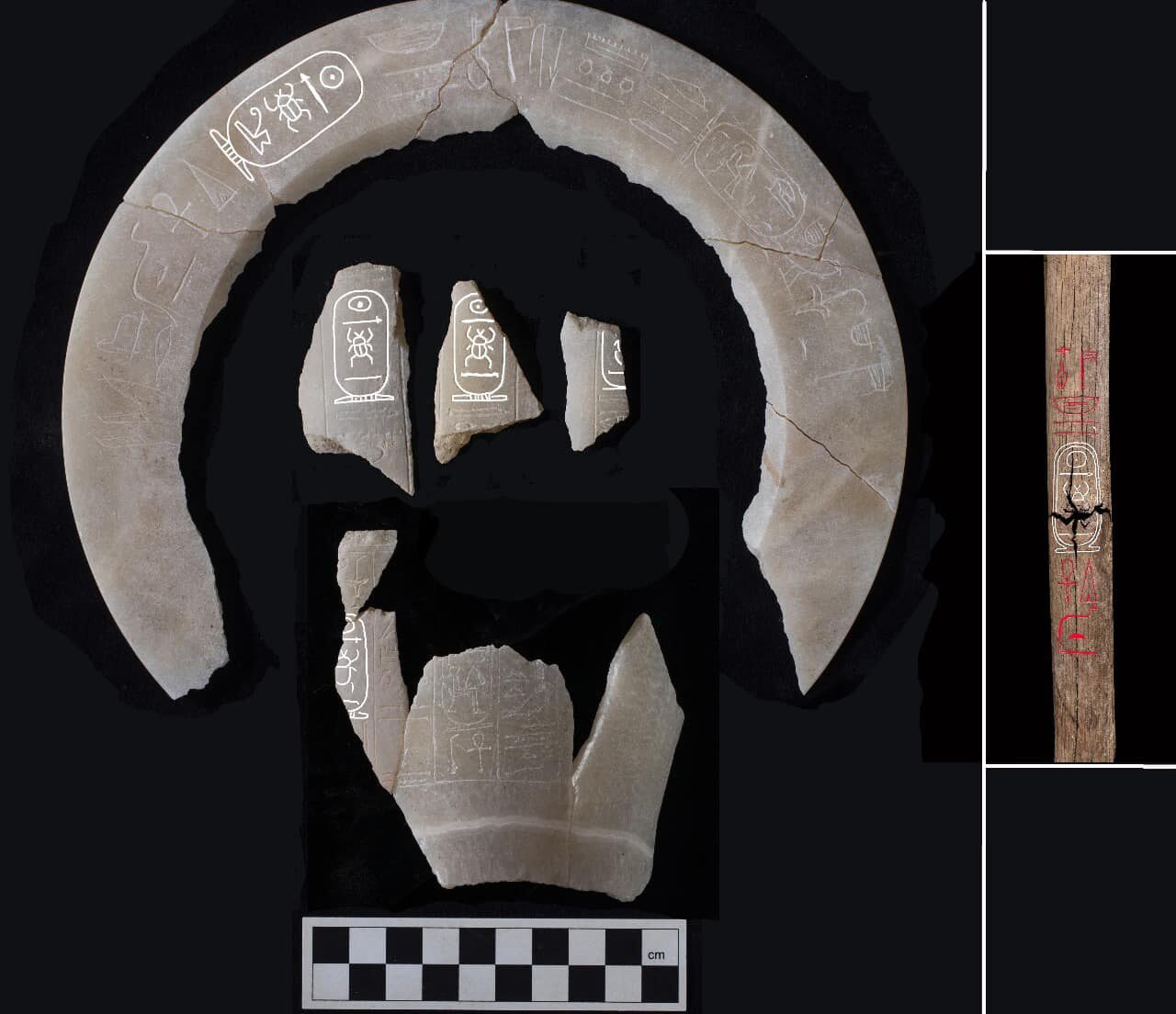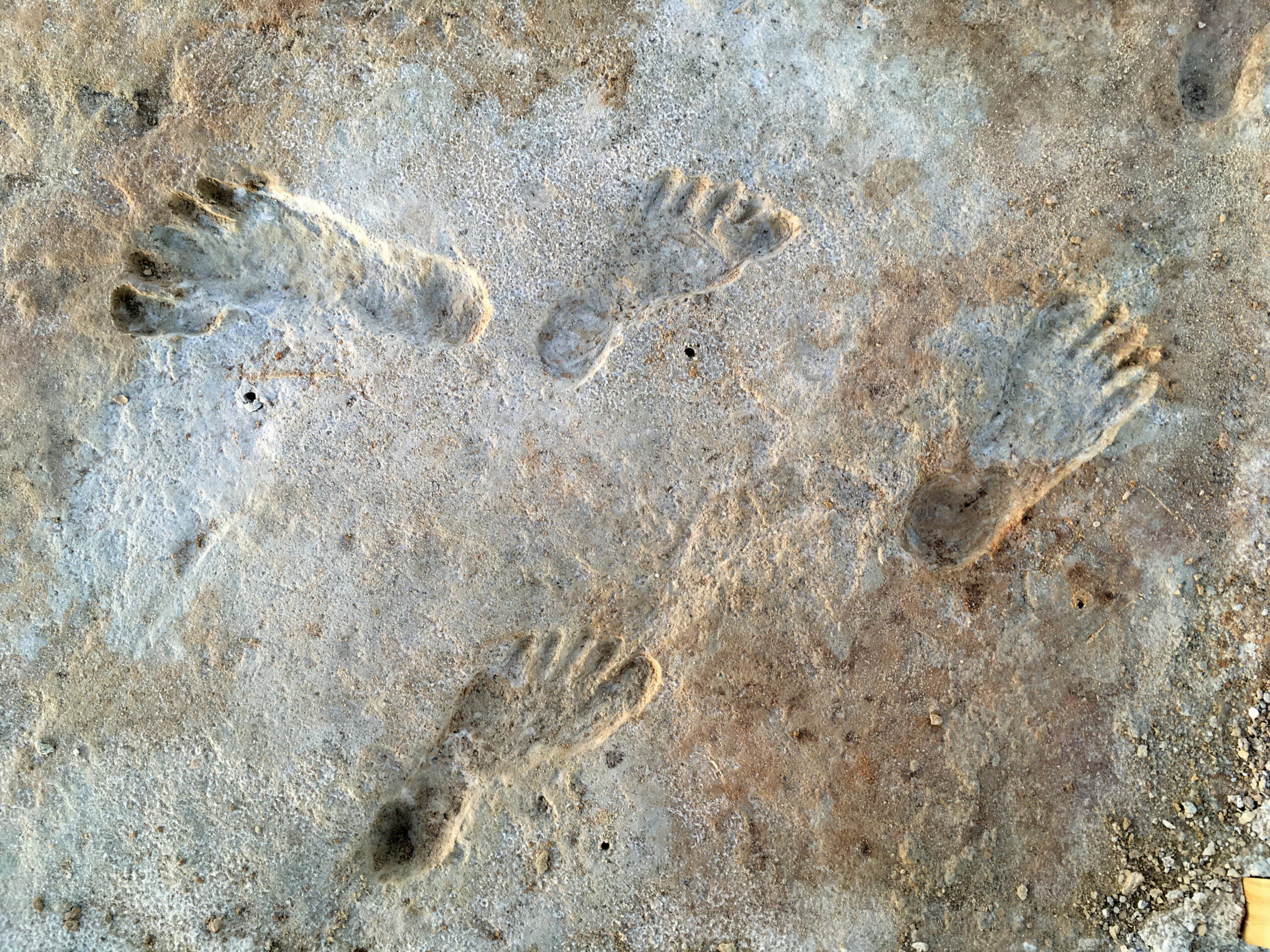
The White Sands fossil footprints in New Mexico stand as a striking record of human presence, challenging long-held views on when people first reached North America. Found in a national park known for its vast gypsum dunes, these prints date back to around 23,000 BC, far earlier than the once-accepted timeline of 13,000 BC. Stretching across an ancient lakebed, they reveal daily life from a distant past—steps of adults, children, and even hunters tracking lost prey. This evidence prompts a rethink of migration routes and timelines, stirring debate among experts.
Tracks in the Sand
The White Sands fossil footprints first caught attention in 2009 when a park manager noticed unusual marks near Lake Otero’s dried shores. Later digs uncovered dozens more, pressed into layers of mud from a time when the Tularosa Basin held water and grass, not sand. By 2021, tests pegged their age at 21,000 to 23,000 BC, based on plant remains trapped with the prints. That places humans here during the Ice Age, a period when ice walls were thought to block entry from Asia.
These impressions vary—some show bare toes and arches, others hint at simple footwear. Sizes range from small feet of children to broader adult steps. One set tracks a woman carrying a child, her prints deepening as she shifted the load. Another follows hunters pacing a giant sloth, their steps weaving through its own. The prints span multiple layers, suggesting people lingered in the area for centuries, not just passing through.
A Wetter, Greener Past

Picture southern New Mexico 23,000 years ago. Instead of today’s dry dunes, Lake Otero spread across the basin, its edges lined with tall grasses and conifer stands. Camels and mammoths roamed, leaving their own marks alongside human trails. Dire wolves and saber-toothed cats prowled too, drawn by the prey. The White Sands fossil footprints capture this lost world, a snapshot of life before the climate turned harsh.
That lakebed mud, soft then firm, locked the prints in place. As water dried up over millennia, gypsum sands took over, preserving them beneath the surface. Erosion later exposed some, while careful digging revealed others. The park’s unique soil—too harsh for bones—kept these steps intact, offering a rare window into an era few traces survive.
Rewriting Arrival Dates
For decades, experts held that humans crossed from Siberia to Alaska around 13,000 BC, after ice sheets thinned. Tools found in Clovis, New Mexico, backed this idea—sharp stone points dated to that time. Yet the White Sands fossil footprints push that timeline back 10,000 years, suggesting an earlier entry. If true, people might have slipped south before ice fully blocked the way, perhaps along a coastal path or through gaps now lost to rising seas.
The dating rests on two methods. First, plant seeds in the mud layers gave a range of 21,000 to 23,000 BC. Critics questioned this, noting water plants can skew results with old carbon. So, researchers tested tree pollen from the same spots, confirming the age. A third check, using light-trapped energy in quartz grains, matched too. This triple proof strengthens the claim, though some still debate the precision.
Daily Life in Prints
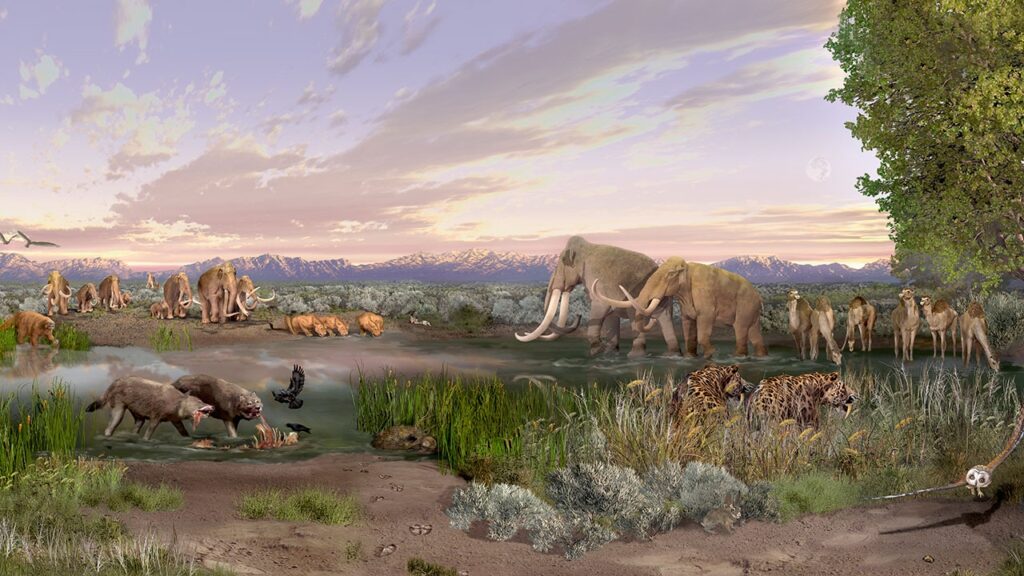
The White Sands fossil footprints do more than set dates—they show action. One trail stretches a mile, a woman’s steps shifting as she carried a child, then set it down to walk. Smaller prints cluster nearby, likely kids at play. Another set follows a sloth, human feet stepping near or over its tracks, suggesting a hunt. The sloth’s marks twist, as if it turned to face a threat, though no kill site appears.
These glimpses hint at a group living by the lake—adults working, children tagging along. The prints lack signs of violence or haste, pointing to routine days. That mix of ages and tasks mirrors early human bands elsewhere, adapting to a land rich with game and water before it faded.
A Debate Persists
Not all agree on the 23,000 BC mark. Some argue the dating leans too hard on plant remains, which might carry older carbon from the lake. Others note the quartz tests set a minimum age, not an exact one, leaving room for doubt. A few push for a later timeline, around 15,000 BC, matching other North American finds. Yet the footprint layers, stacked with consistent dates, challenge that view.
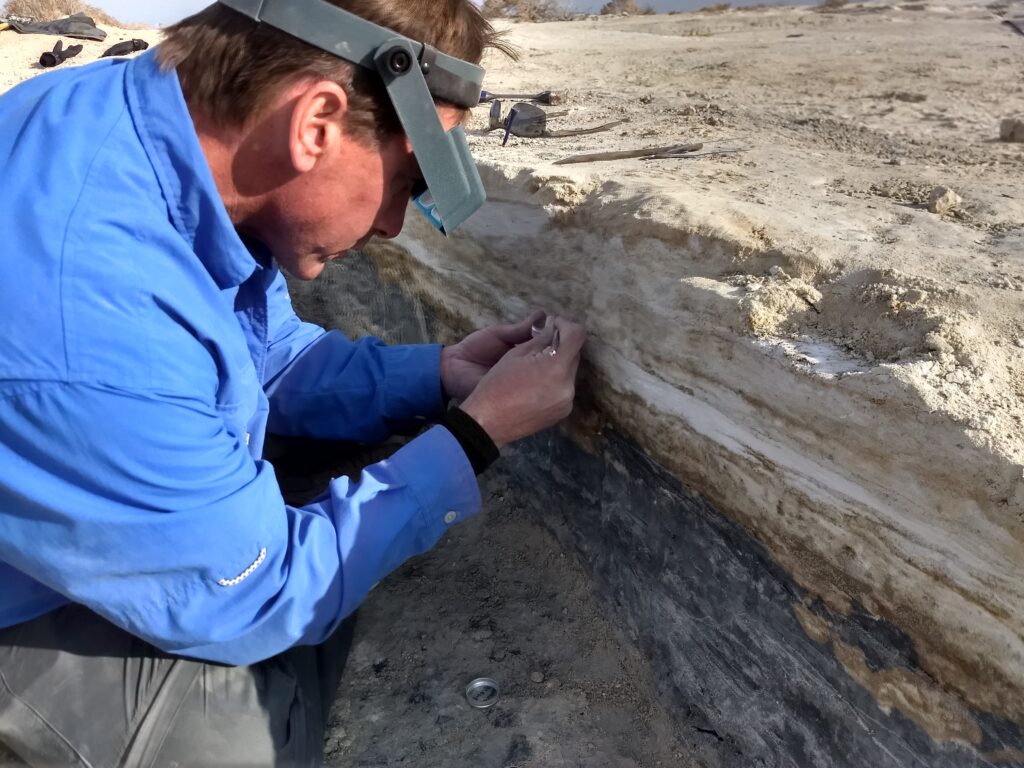
If the White Sands fossil footprints hold, they upend migration models. Humans might have arrived during the Ice Age peak, thriving amid cold and megafauna. Coastal routes or inland gaps could explain it—paths long submerged or buried. The prints don’t settle how they got here, but they demand a broader look at the evidence.
A Lasting Record
The White Sands fossil footprints keep drawing study today. Park teams guard them against wind and wear, exposing new sets as dunes shift. Visitors can’t walk the sites, but rangers share their tale—a record of early steps in a changing land. Beyond science, they echo in local lore, a tie to ancestors for some native groups.
Now, these prints reshape history’s outline. They suggest humans met mammoths and sloths here far sooner than thought, living through an Ice Age shift. The Paracas Candelabra stands firm after 2,000 years, a coastal puzzle yet to unfold. Each new find builds on the story, refining a past once set in stone.
Questions Unanswered
What keeps it unsolved? No tools or bones pair with the prints—the gypsum eats them away. Were these first arrivals or later wanderers? The 23,000 BC date stands firm, yet lacks a clear path back to Asia. Did ice or sea shape their route? Some see a lost trail in the prints—a hint at journeys still unseen.
Across the Tularosa Basin, the White Sands fossil footprints mark an old shore, steps frozen in time. After 23,000 years, they remain a quiet challenge, urging a rethink of when humans called this land home.



